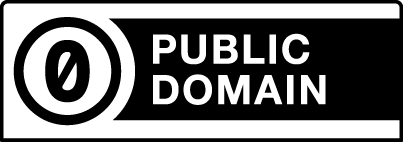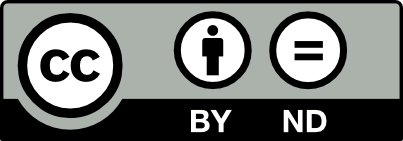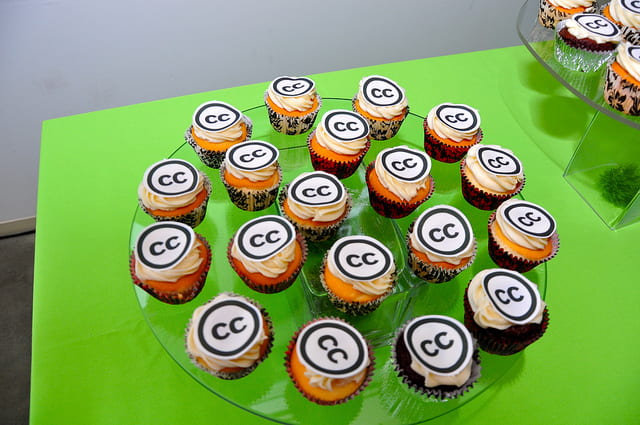At one point in time, we’ve all needed an image for either a presentation, a course website – or for something like this, a blog post – and the first thing that comes to mind is to just grab one out of a Google search. The majority of these images are copyrighted “All Rights Reserved” and you’re obliged to get written permission to use such works. If you don’t obtain permission, you’re offending someone’s copyright and exposing yourself and the organisation you’re working for, to legal action. Here’s a range of things that could happen. For more information, refer to the Australian Copyright Act 1968 and the terms and conditions of a website you’re using.
So what do I use instead? The answer is images with Creative Commons licences.
So what is a Creative Commons license and how can we use it?
As per Wikipedia, a Creative Commons (CC) license is one of several public copyright licenses that enable the free distribution of an otherwise copyrighted work [images, video, text, audio, illustration, etc]. A CC license is used when an author wants to give people the right to share, use, and build upon a work that they have created. CC provides an author flexibility and protects the people who use or redistribute an author’s work from concerns of copyright infringement as long as they abide by the conditions that are specified in the license by which the author distributes the work.
Creative Commons work are free to use as long as you correctly use the licences below:

CC0 – You can copy, modify, distribute and perform the work, even for commercial purposes, without asking permission or attributing the source. (But we encourage academic discipline nonetheless – always reference your sources)

Attribution (CC BY) – Licensees may copy, distribute, display and perform the work and make derivative works and remixes based on it only if they give the author or licensor the credits (attribution) in the manner specified by these.

Attribution-ShareAlike (CC BY-SA) – This license lets others remix, tweak, and build upon your work even for commercial purposes, as long as they credit you and license their new creations under the identical terms.

Attribution-NoDerivs (CC BY-ND) – Licensees may copy, distribute, display and perform only verbatim copies of the work, not derivative works and remixes based on it.

Attribution-NonCommercial (CC BY-NC) – Licensees may copy, distribute, display, and perform the work and make derivative works and remixes based on it only for non-commercial purposes

Attribution-NonCommercial-ShareAlike (CC BY-NC-SA) – This license lets others remix, tweak, and build upon your work non-commercially, as long as they credit you and license their new creations under the identical terms.

Attribution-NonCommercial-NoDerivs (CC BY-NC-ND) – This license is the most restrictive of our six main licenses, only allowing others to download your works and share them with others as long as they credit you, but they can’t change them in any way or use them commercially.
As you can see, the most flexible licenses are CC-0, CC BY and CC SA. Non commercial and no derivative restrictions are problematic in the educational context.
We tend to stick with CC BY. When using Creative Commons Attribution (CC BY) Images, you should attribute the image source as the source specifies. If that specification is not obvious, then follow this example:

“Creative Commons 10th Birthday Celebration San Francisco” by tvol is licensed under CC BY 2.0
Notice the hyperlinks back to the source?
Example from:
https://wiki.creativecommons.org/wiki/Best_practices_for_attribution
Featured Image: “Creative Commons” by Skley via Visual hunt / CC BY-ND